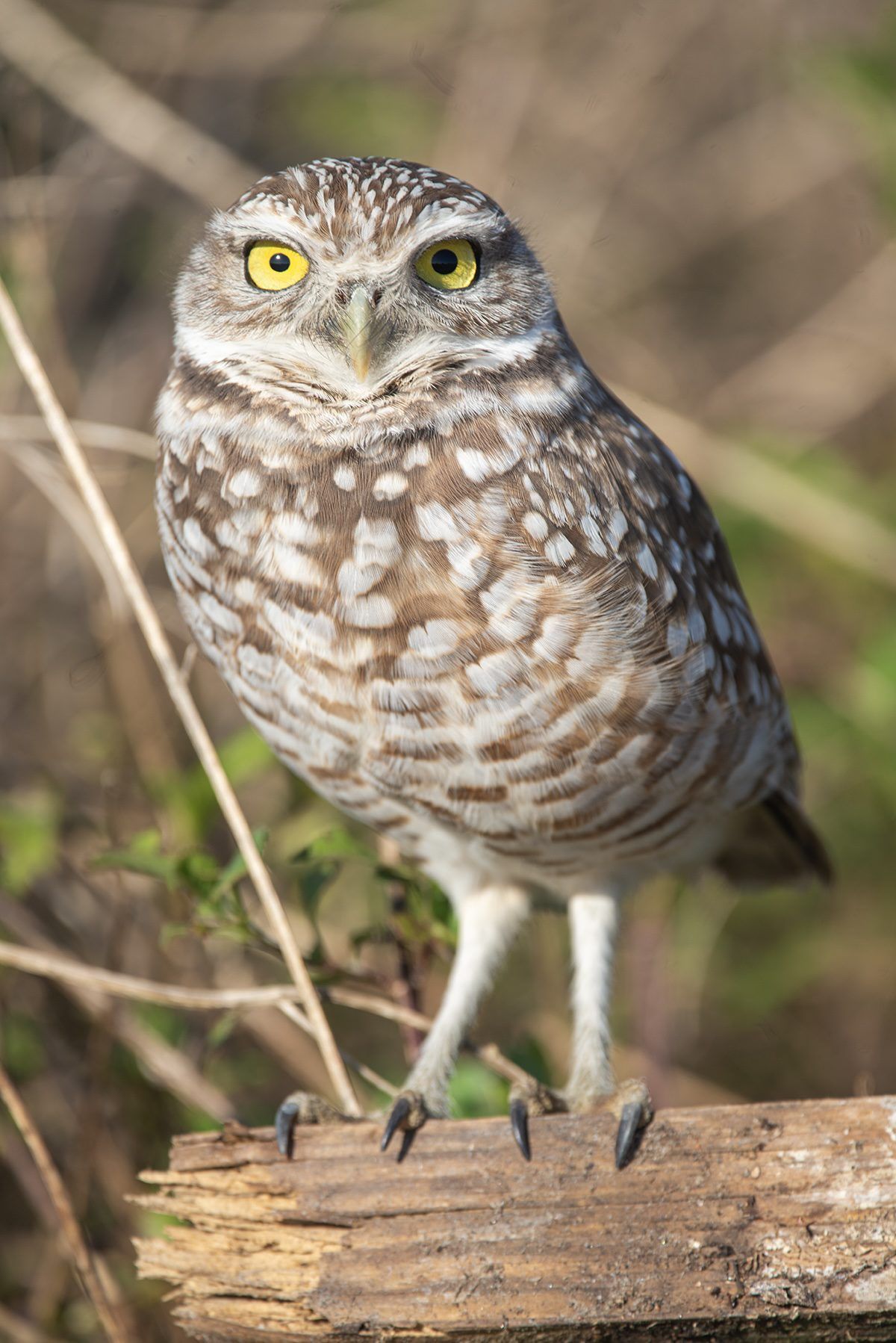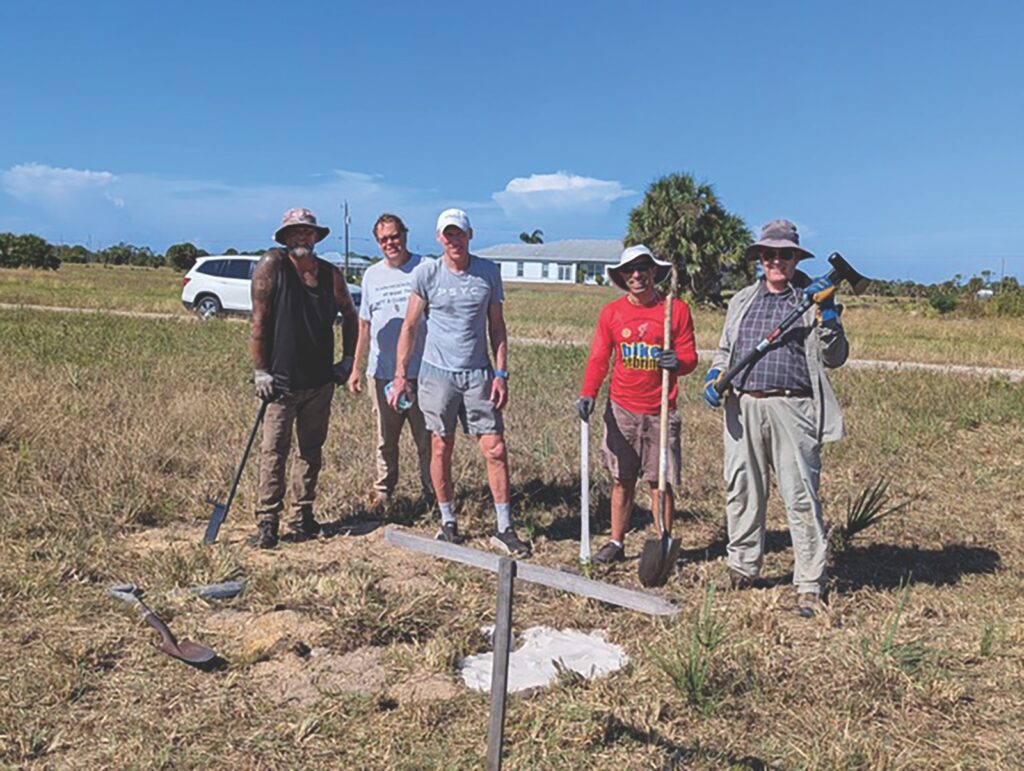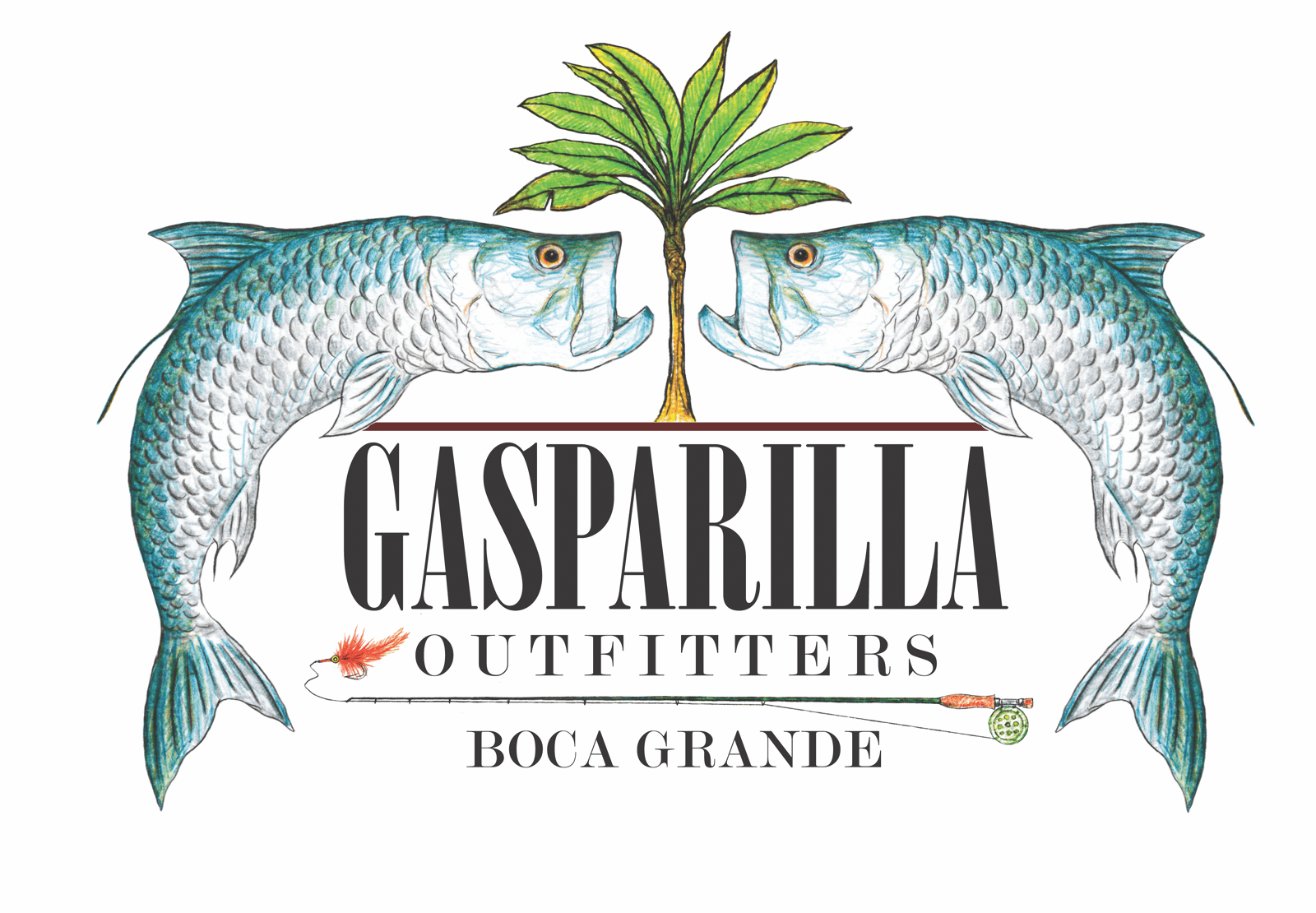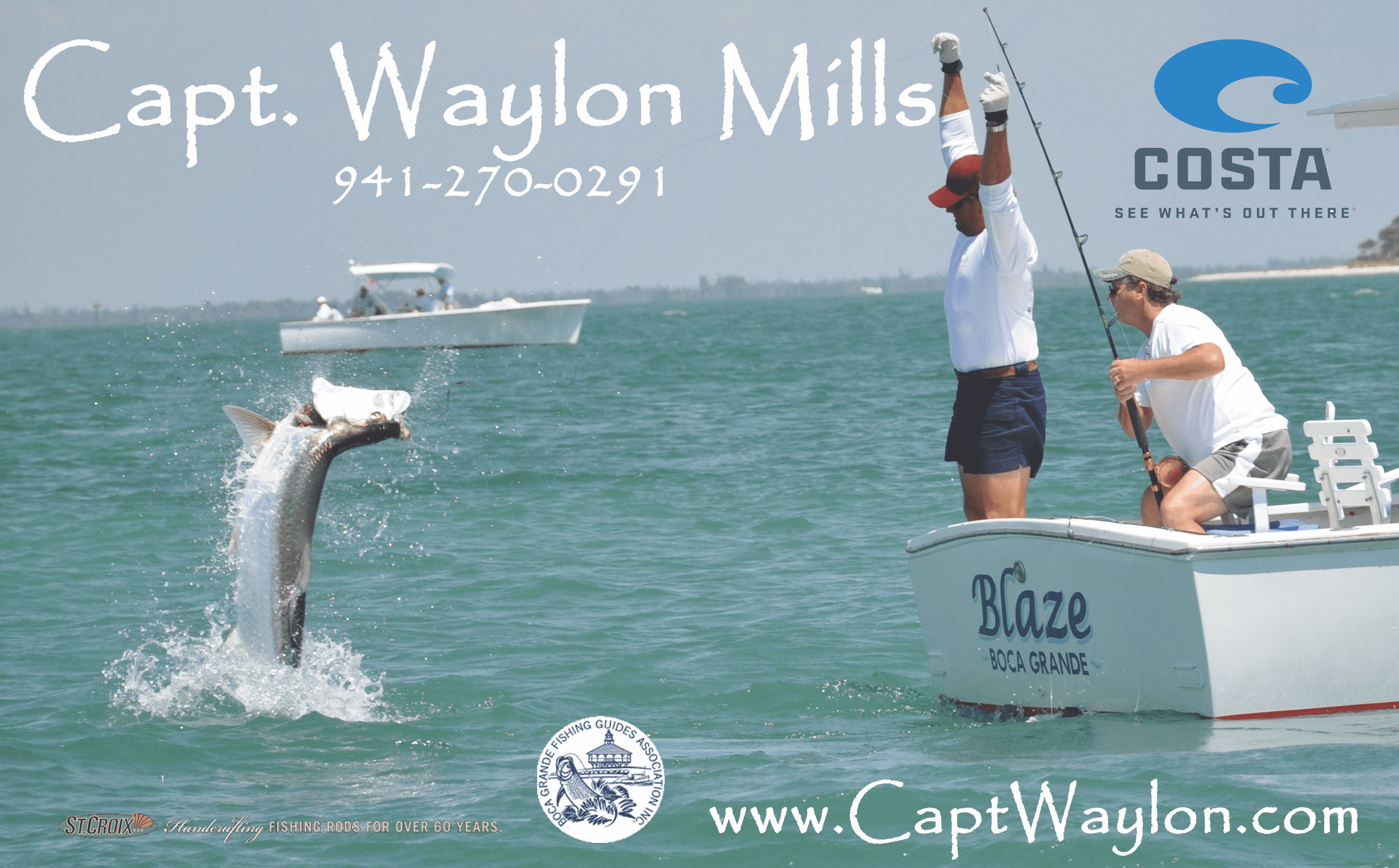Burrowing owl effort expands on Cape Haze

Just off Gasparilla Island, a small colony of Florida burrowing owls – a state-threatened species – is holding on as development increases around them. Fewer than 50 adult owls remain in western Charlotte County. To help protect this population, Lemon Bay Conservancy (LBC), Peace River Audubon and other partners have launched a long-term habitat protection initiative on the Cape Haze Peninsula.

Volunteers now visit each known burrow multiple times per week to record the number of adult owls and owlets, providing long-term data on nesting success and overall colony health. Wooden stakes mark a 10-foot buffer around each burrow to prevent mowing equipment from causing collapses, and T-posts near the entrances give owls higher perches to watch for predators. LBC has also begun installing artificial burrow systems on newly acquired lots, offering safer nesting options that owls have already started to explore.
Surrounding homeowners, the neighborhood associations and landscape contractors have received educational information to help ensure compliance with Florida’s protection rules. LBC continues to collaborate with Charlotte County Natural Resources, the Florida Fish & Wildlife Conservation Commission and Project Perch. Researchers from the University of Idaho have visited the colony to band owls and collect genetic samples.
Because habitat preservation is essential, LBC is working to acquire lots in the colony’s vicinity – typically $15,000 to $20,000 each – to create long-term protected habitats. Several parcels have already been donated or purchased, including recent support from the Gasparilla Island Conservation and Improvement Association. LBC’s goal for 2026 is to raise $100,000 for additional land purchases and ongoing site care.

Those who wish to help can donate to the Burrowing Owl Habitat Protection Fund at LemonBayConservancy.org, by mail (LBC, P.O. Box 1458, Englewood, FL 34295), or by phone at 941-830-8922. Volunteers are also needed for monitoring, maintenance, and data entry; email info@LemonBayConservancy.org for details. LBC’s Annual Meeting on Jan. 22, 2026, will feature a full presentation on the initiative. The public is welcome to attend at 5 p.m. at the Cape Haze Community Center.
Donors may arrange a tour of the burrow sites by contacting the Conservancy or board member Mark Horan at markehoran@gmail.com
Quick Facts on owls
- 9 inches tall, 21-inch wingspan
- Nest in underground burrows 5–12 feet long, up to 3 feet deep
- Females incubate eggs for approximately 4 weeks; owlets first emerge at around 2 weeks
- Owlets can fly well by 6 weeks
- Owls cannot move their eyes and rotate heads up to 270 degrees
- Listed as state threatened primarily due to habitat loss
Cape Coral nesting
Cape Coral is the home to Florida’s largest colony of burrowing owls. The popularity of the birds, which burrow on the ground, and during the day, have meant that some areas of population have become too popular. However, Cape Coral Friends of Wildlife reported that the population continues to increase, from just over 5,200 owls in 2024 to over 7,000 counted in May of 2025. . The burrows are valued as the owl nests control rodents, lizards and other pests. – STAFF REPORT









